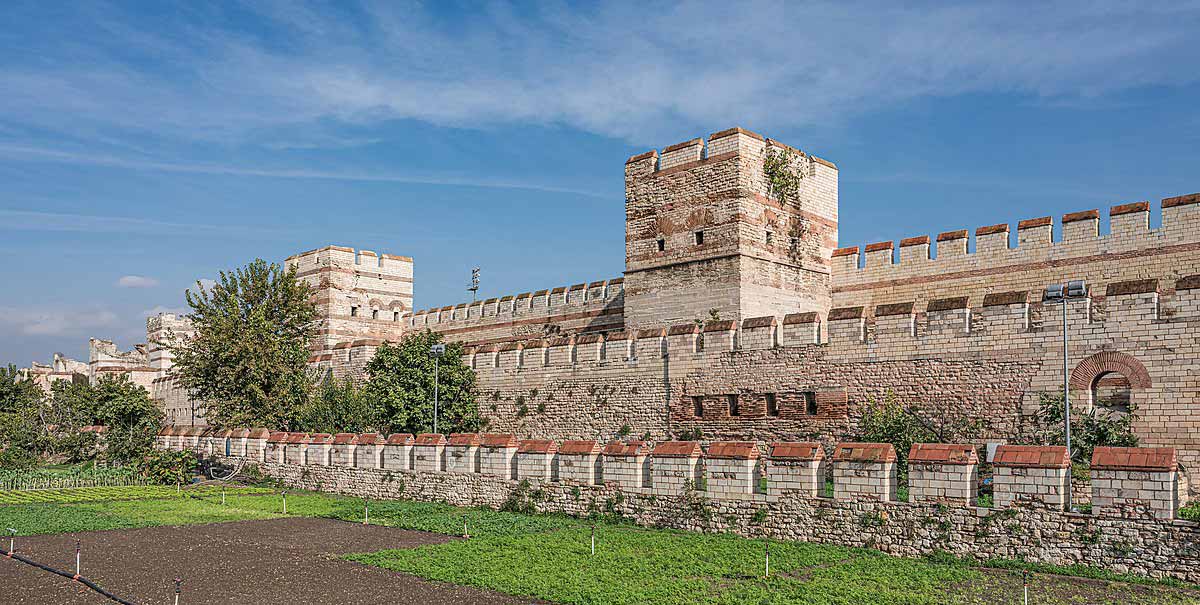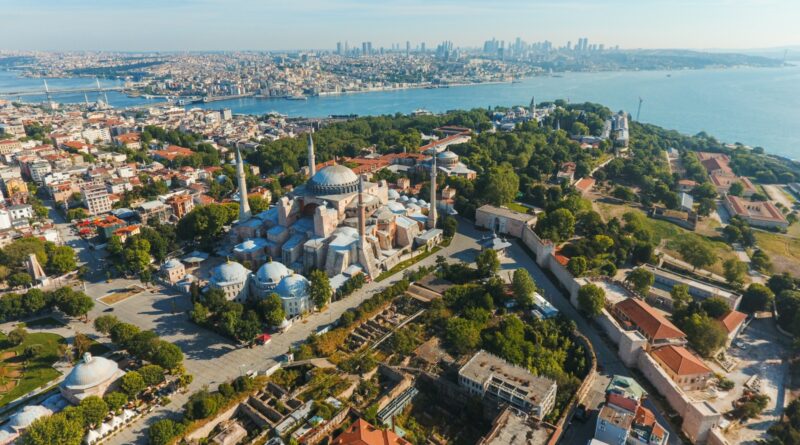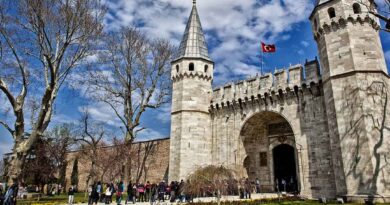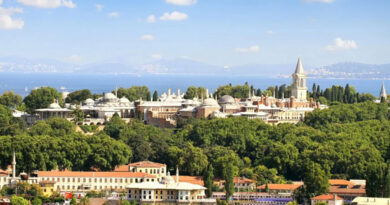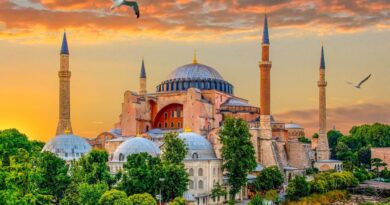UNESCO World Heritage List: Historic Areas of Istanbul
Contents
UNESCO World Heritage List: Historic Areas of Istanbul
The portion of Istanbul, founded in the 7th century BC, surrounded by the Golden Horn to the north, the Bosphorus Strait to the east, and the Sea of Marmara to the south, is known today as the “Historic Peninsula.” Due to its strategic location connecting Europe and Asia, the city has always been of paramount importance throughout its history to the civilizations that have ruled there. With its distinctive features, the city has served as the capital for great empires such as the Roman Empire, the Byzantine Empire, and the Ottoman Empire. Bringing together different religions, cultures, communities, and the works produced by them in a unique geography, Istanbul, with its splendid past, was included in the UNESCO World Heritage List in 1985 as four distinct areas.
These are the Sultanahmet Urban Archaeological Site, encompassing the Hippodrome, Hagia Sophia, Hagia Eirene, the Little Hagia Sophia Mosque, and Topkapi Palace; the Süleymaniye Protection Zone, including the Süleymaniye Mosque and its surroundings; the Zeyrek Protection Zone, including Zeyrek Mosque and its surroundings; and the Istanbul Land Walls Protection Zone.
Sultanahmet Archaeological Park
The Sultanahmet World Heritage Site consists of two distinct areas within the Historic Peninsula: the Sur-i Sultani Zone, located on the Sarayburnu Hill to the east of the Historic Peninsula and home to Topkapi Palace, and the Sultanahmet Zone. The eastern boundary is formed by the Marmara coastal walls, which have been maintained from the Roman era to the end of the Ottoman period through various repairs. The western boundary of the area starts from Sur-i Sultani in the north and reaches the Marmara walls, including the Little Hagia Sophia Mosque, as it goes south.
The Sultanahmet Archaeological Park, encompassing the first-degree archaeological site Topkapi Palace and Gülhane Park, as well as the urban archaeological site Sultanahmet, composed of the districts of Cankurtaran, has served as the center of two major empires throughout history.
Today, with its monumental structures, underground and aboveground remains, the Historic Peninsula holds exceptional cultural and historical value on both national and international scales.
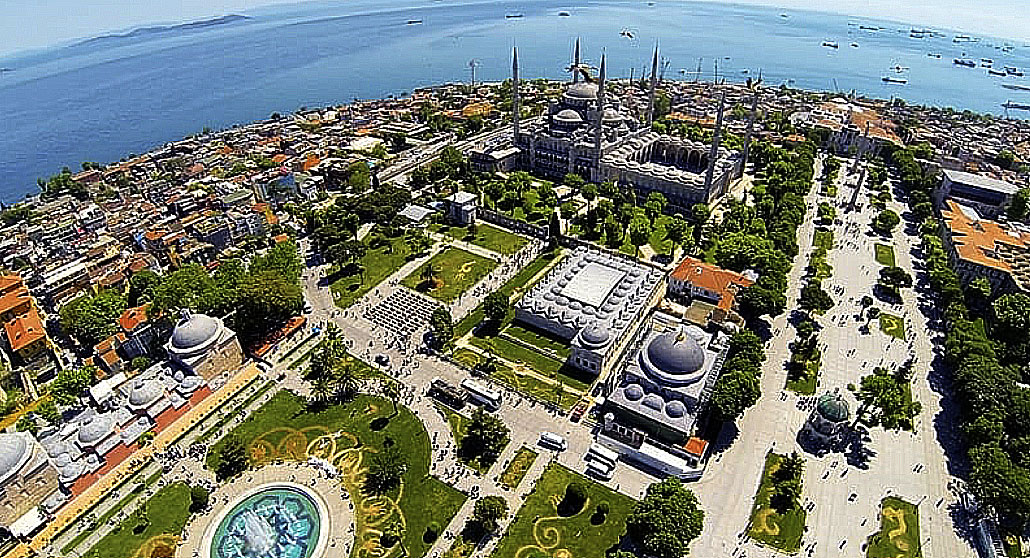
Süleymaniye Mosque and Surroundings Protection Zone
The Süleymaniye World Heritage Site covers the Süleymaniye Complex, which dominates the city’s skyline from a hill overlooking the Golden Horn, as well as the areas surrounding the Şehzade Mehmet Complex. This includes the districts of Süleymaniye, Vefa, and Vezneciler.
One of Istanbul’s oldest surviving monuments, known today as the Bozdoğan Aqueduct, is partially located within this area.
The mosque, tombs, and fountains in this zone continue to exist as a continuation of traditional neighborhood life.
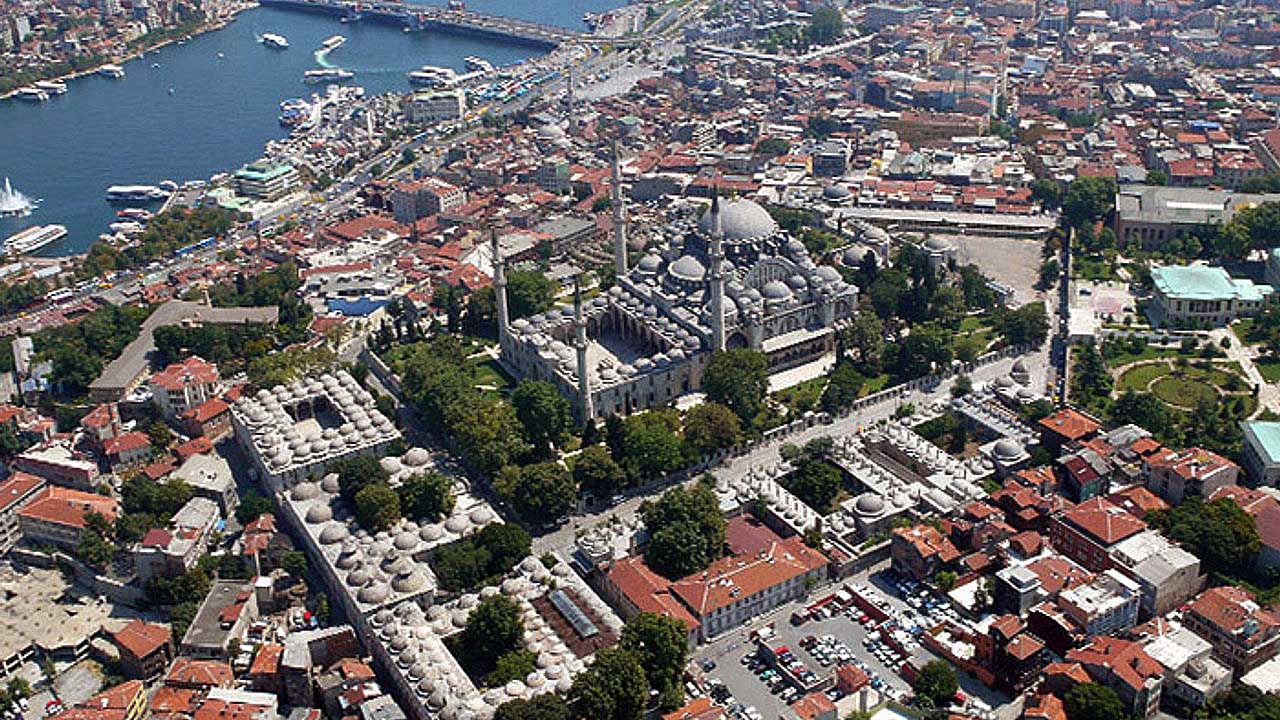
Zeyrek Mosque (Pantokrator Church) and Surroundings Protection Zone
The Zeyrek World Heritage Site is situated on a slope overlooking the Golden Horn, west of Atatürk Boulevard. It encompasses the Molla Zeyrek Mosque (Pantokrator Monastery Churches) and the surrounding streets. At the heart of the area is the mosque, which was constructed as the center of a large monastery by Emperor John II Komnenos and his wife Irene in the 12th century.
Particularly important in the area is the Zeyrek Mosque (Pantokrator Monastery) after which the site is named. However, many historical artifacts are scattered throughout the area, including the Barbaros Hayrettin Pasha Bath, Haydar Pasha Medrese, Zembilli Ali Efendi Primary School and Tomb.
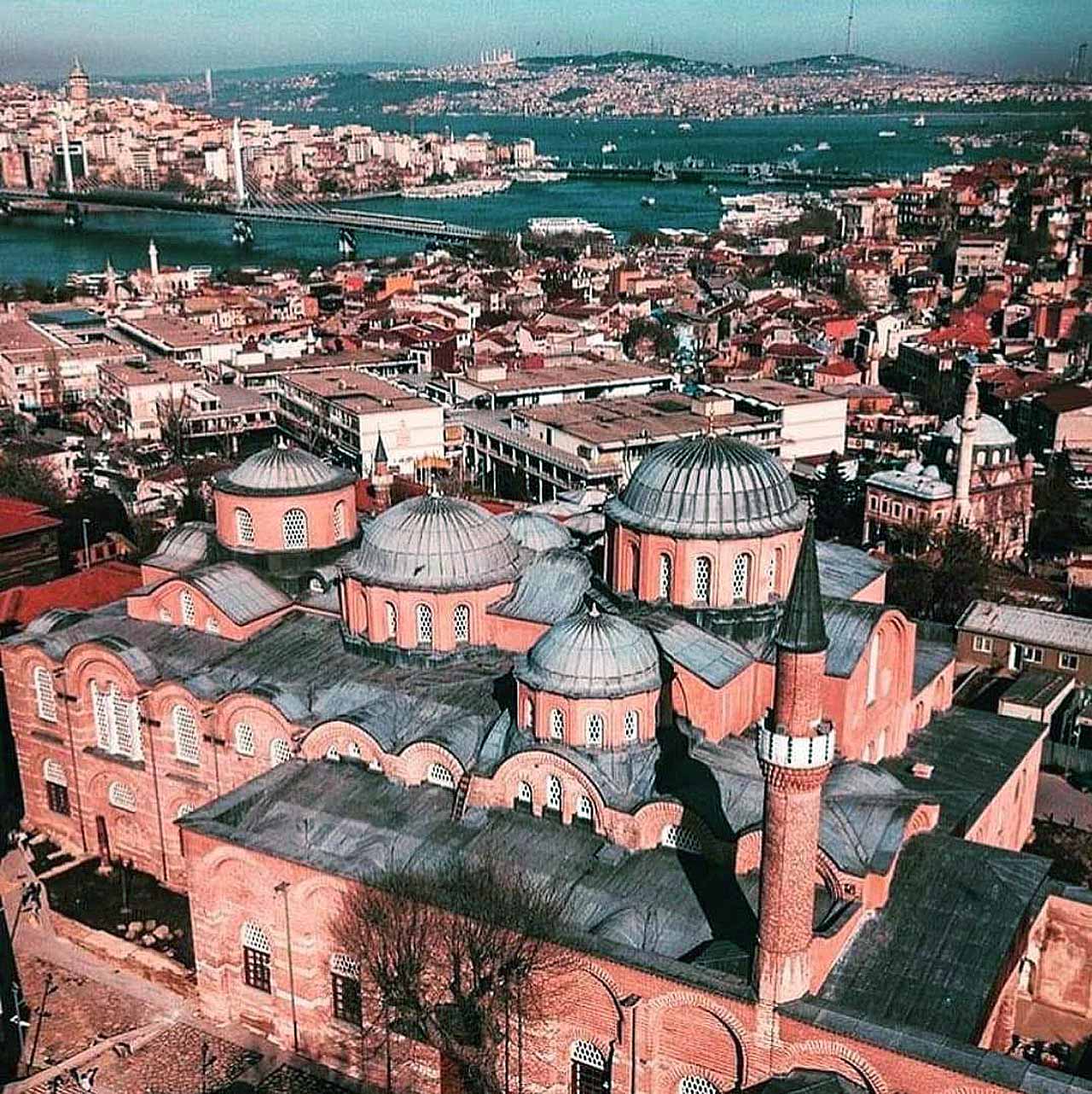
Istanbul Land Walls World Heritage Site
The Istanbul Land Walls World Heritage Site includes the walls that border the peninsula where the city was founded. These walls stretch from the Marmara Sea in the south to the Golden Horn in the north, forming the western (land) boundary.
The Land Walls, which are the longest-standing and oldest defensive system in Europe, hold great historical and architectural significance. Extending approximately 7 km, they preserve the most continuous section of Istanbul’s walls to the present day. Notable gates on the walls include Yedikule Kapısı, Belgrad Kapısı, Silivri Kapı, and Mevlana Kapı.
Topkapı, Sulukule Kapı, Edirnekapı, and Eğrikapı are still in use today. One of the historical features, Yedikule Dungeons, is also located along these walls.
